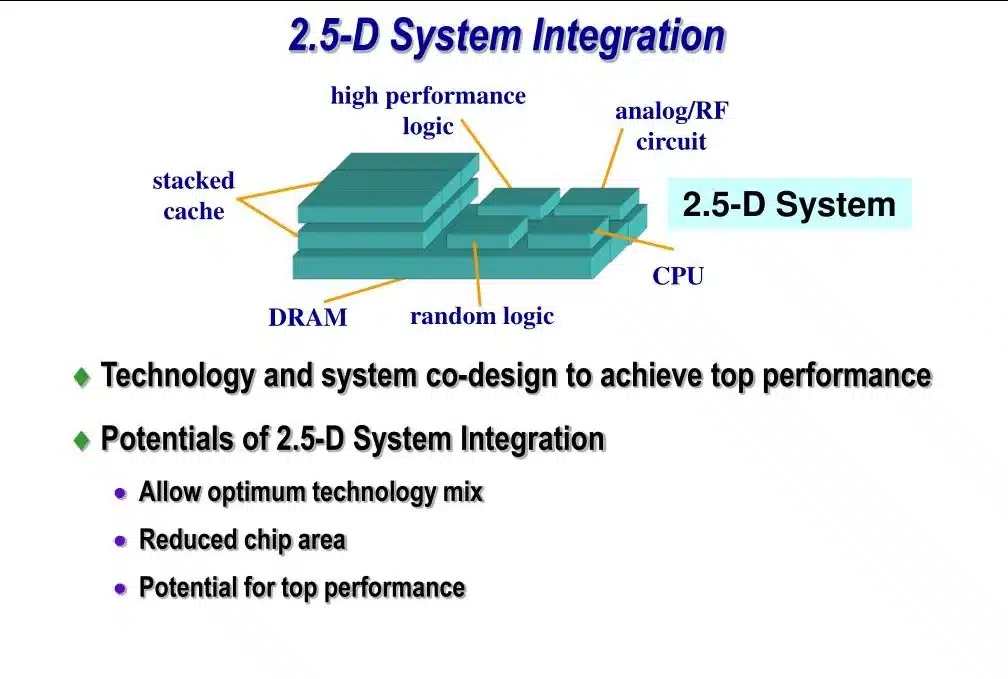Pulsamento: Fundamental Aspect of Rhythm in Music and Dance
Pulsamento is a fundamental aspect of rhythm in music and dance. It refers to the pulsing or beating sensation that underlies the rhythm of a piece. Understanding it is essential for musicians, dancers, and performers as it forms the backbone of many musical styles and dance forms.
Understanding the Origin of Pulsamento
The concept of pulsamento has roots in various cultures and musical traditions. It can be traced back to ancient civilizations where rhythmic patterns were used in rituals, ceremonies, and storytelling. Although Over time, It evolved alongside music and dance, becoming more refined and complex.
Key Characteristics of Pulsamento
it is characterized by its regularity and consistency. Moreover, It provides a steady framework upon which melodies, harmonies, and movements can be built. The tempo, or speed, of the pulsamento can vary depending on the style of music or dance, its underlying beat remains constant.
Natural Pulsamento
Natural pulsamento refers to the inherent rhythm present in everyday life. It can be heard in the heartbeat, the rhythm of walking, or the sounds of nature. However, Natural it forms the basis of many musical and dance traditions, connecting performers to the pulse of life itself.
Artificial Pulsamento
Artificial pulsamento is created by humans through the use of instruments, voices, or other means. It allows performers to manipulate rhythm and create intricate patterns that enhance the musical or dance experience. In addiction Artificial it is often used in conjunction with natural pulsamento to create dynamic and engaging performances.
The Role of Pulsamento in Music and Dance
Pulsamento plays a crucial role in both music and dance. In music, it provides the foundation for rhythm and helps to synchronize performers. In dance, Although it guides movements and helps dancers stay in sync with the music. Without it, music and dance would lack structure and coherence.
Pulsamento in Different Cultures
It is a universal concept found in cultures around the world. Each culture has its own unique approach to pulsamento, influenced by factors such as geography, history, and tradition. However, From the steady pulse of African drumming to the intricate rhythms of Indian classical music, it manifests in diverse and fascinating ways.
Techniques to Master Pulsamento
Mastering pulsamento requires practice, patience, and a keen sense of rhythm. Techniques such as clapping, tapping, or counting aloud can help develop a strong sense of it. Moreover, Listening to a wide range of music and studying different rhythmic patterns can also enhance its skills.
Benefits of Practicing Pulsamento
Practicing pulsamento offers numerous benefits for musicians, dancers, and performers. It improves timing, coordination, and precision, allowing performers to execute complex rhythms with ease. However, it also fosters a deeper connection to music and dance, enhancing the overall expressive quality of performances.
Common Mistakes to Avoid in Pulsamento
When practicing pulsamento, it’s important to avoid common mistakes that can impede progress. These include rushing or dragging the beat, losing focus, and neglecting to listen actively to the music. Although By staying mindful and attentive, performers can maintain a steady it and elevate their performances.
Incorporating Pulsamento into Performance
Incorporating pulsamento into performance requires careful attention to detail and a deep understanding of rhythm. Moreover, Performers must internalize the it and allow it to guide their movements or playing. Moreover Whether performing solo or with a group, maintaining a strong pulsamento enhances the overall impact and effectiveness of the performance.
Pulsamento in Contemporary Music
In contemporary music, pulsamento continues to play a vital role, albeit in new and innovative ways. Artists often experiment with it, pushing boundaries and blurring genre distinctions. Although From electronic music to experimental jazz, pulsamento remains a dynamic and evolving force in modern music.
The Future of Pulsamento
As music and dance continue to evolve, so too will the concept of pulsamento. Advances in technology, globalization, and cultural exchange will influence how it is understood and practiced. However, its fundamental role as the heartbeat of rhythm will endure, connecting performers and audiences across time and space.
Conclusion
Pulsamento is a fundamental element of rhythm in music and dance, providing a steady framework upon which performances can thrive. Although Understanding its allows performers to connect more deeply with their art and create compelling, engaging experiences for audiences. Moreover, By mastering pulsamento, musicians, dancers, and performers can elevate their craft and unlock new realms of creative expression.




